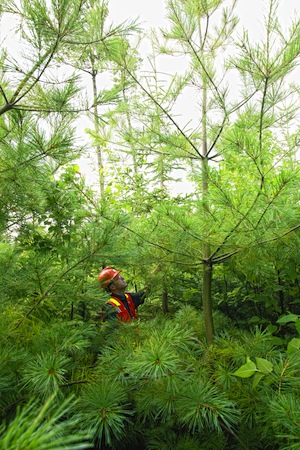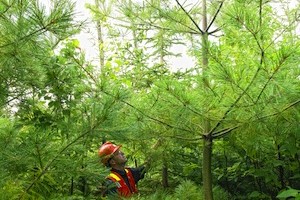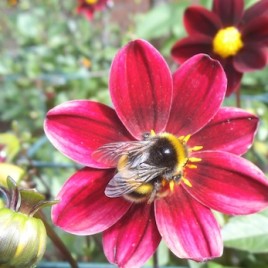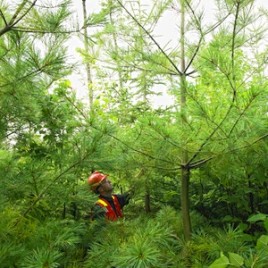
These eastern pine trees from New Brunswick contain a beneficial fungus that produces a compound to keep other fungi away. Surprisingly, the same strain of fungus is also found in the lowbush blueberry, a plant that shares the same Acadian forest habitat. (Photo credit: J. D. Irving Ltd.)
Researchers have found a new source for a fungus-fighting chemical: the pine trees and blueberry bushes of the Acadian forest. Griseofulvin is a compound originally isolated from a mould in the same family as those which produce penicillin. It’s used to fight fungal infections in humans and animals, but has also been used as a fungicide against crop diseases.
Now, it’s been discovered that a previously unknown beneficial fungus that lives within the needles of eastern white pine trees also produces the compound. Surprisingly, the same fungus was also found in lowbush blueberries, an unrelated plant that shares the same habitat.
The fact that beneficial fungus are shared between between pine trees and understory plants is a new finding that sheds light on our understanding of diversity in the Acadian forest.
Original research paper published in the journal Fungal Ecology on June 24, 2014.
Names and affiliations of selected authors



